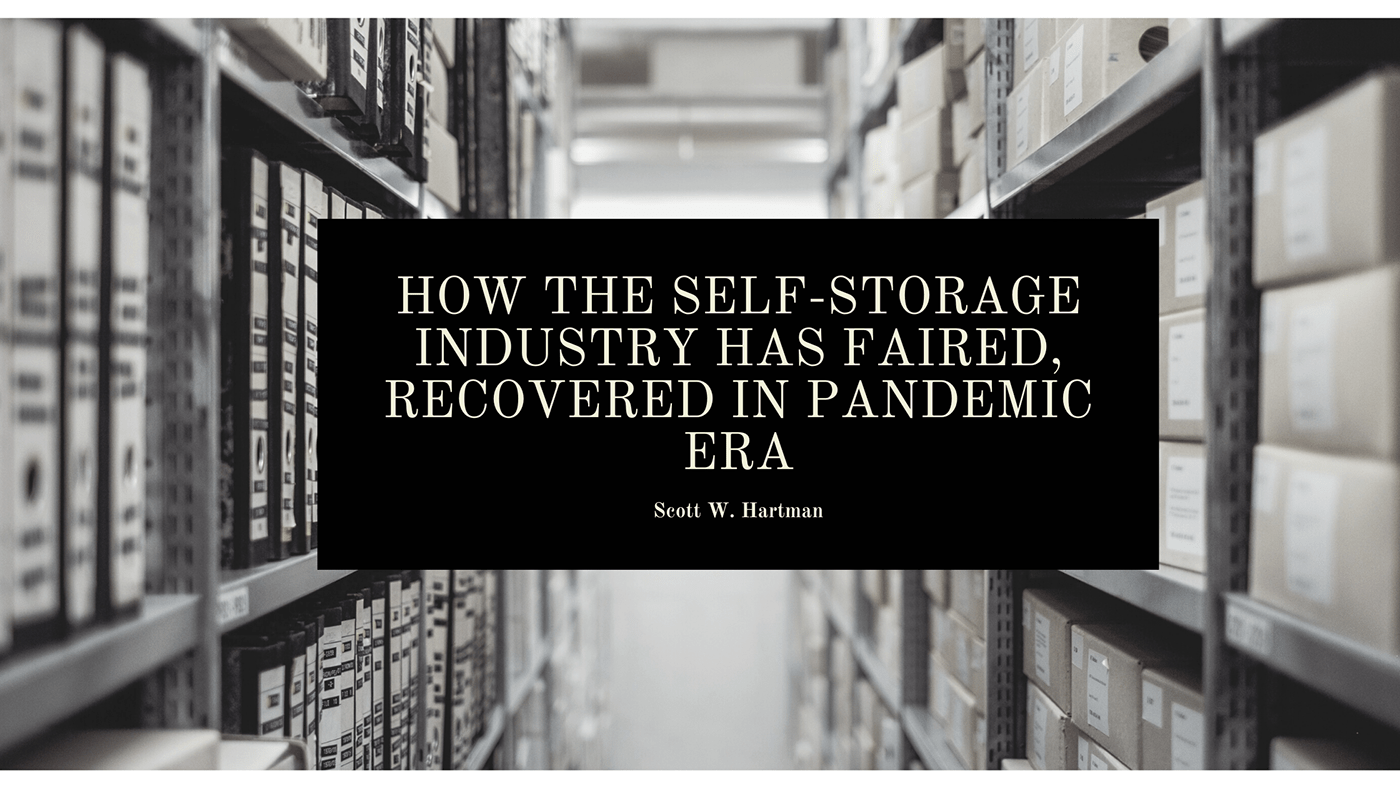
The self-storage industry market in the United States was valued at about $40.7 billion as of the end of 2020. As it and the rest of the economy emerge from the setbacks of the COVID-19 pandemic, projections are that self-storage will expand to $53.29 billion by 2026. That’s a healthy CAGR (Compound Annual Growth Rate) of 4.79$ over the coming 5-year period.
Self-storage found itself in a unique position during the pandemic economic climate. The kind of service this sector provides found more ways to thrive than go backward as millions of Americans toughed out lockdowns, took on remote working and lost jobs/income.
A positive outcome of the pandemic for self-storage was that thousands of Americans found it necessary to move out of their homes and apartments for smaller digs –- or they moved in with relatives. That created a significant demand for more storage space.
While it might be expected that this additional need for storage space will be reversed as people go back to their normal lives, the situation is so far playing out in a more complex manner. That is, not everyone is eagerly or automatically taking action to move back to their former dwellings. A lot of people are in a “wait-and-see” mode as they consider new options and plot out new career paths. That means they’ll tend to extend their self-storage rental contracts longer than expected.
Another way the self-storage industry is benefitting is the increased mobility of millions of Americans during and now in the wake of the pandemic. U-Haul and Atlas Van Lines reports that New York and California were the two states that suffered the largest numbers of people fleeing to find cheaper rents and real estate. Austin, Texas, Seattle, Portland, Oregon, and the San Francisco Bay Area have also suffered very significant losses in population.
All this movement is generating much higher demand for the temporary storage of stuff that people simply can’t take with them right away as they maneuver long-range relocations. For example, storage operators in northern Nevada reported strong increases in demand during the height of the pandemic. The latter involved more than residential customers. Demand also spikes from business entities seeking more locations to store assets for a variety of complex reasons.
In general, the pandemic has bolstered the self-storage industry. Moving forward, steady expansion is certain as what social observers call a “historic shift” in demographics is likely to continue in the coming years.
